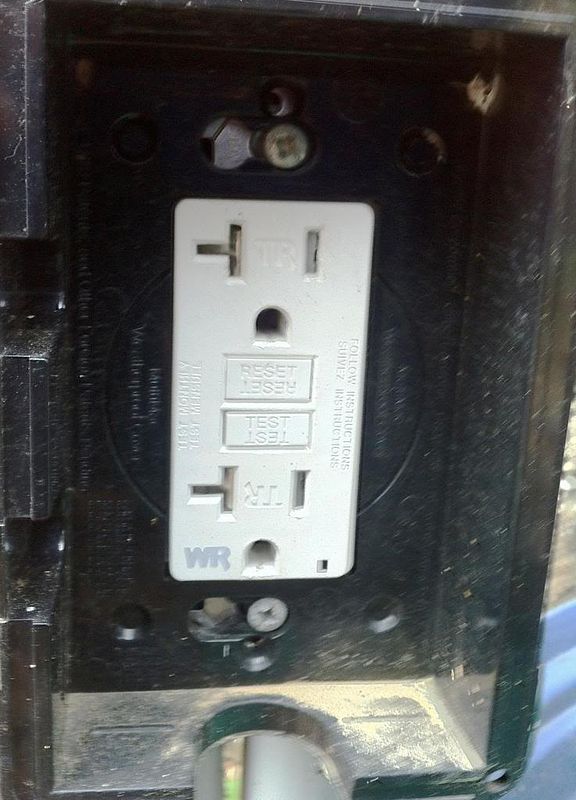ggodman
Well-known member
So about a month ago I came out of work and pulled on my plug to put it away and it had resistance, so I pulled a bit harder and it came loose but when I looked at it, the plug was burned. I took it to Valencia Nissan and they contacted Nissan, so now a month later they told me they are not going to replace it, sorry. What do you guys think looking at the pictures, it seemed like a short to me but maybe one of you can tell me what Nissan is thinking about how this is not a warranty issue? The plug is a GFCI I had installed at work with a 20 Amp breaker 2 years or so ago. Been plugging in everyday since I got the car in June 2011. Also the big question is can I still use it, it works but is it safe to use, was this a one off event or am I likely to start a fire? Opinions on how to proceed are appreciated.














